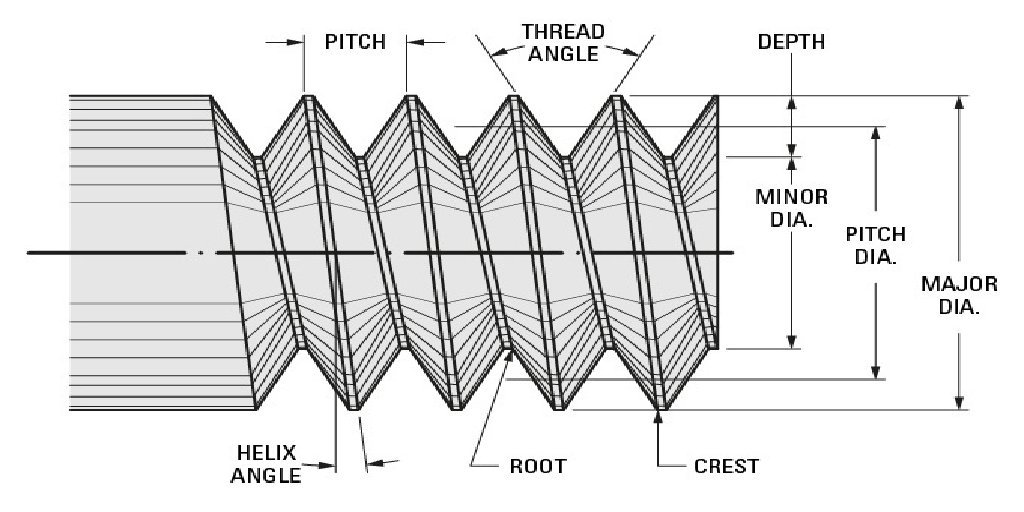
I have a tendency to write unsolicited threads on AFV tech that interests me or comes up in Twitter interactions.
Here is a long overdue index thread of threads for anyone stumbling across my profile and loyal followers alike!
Here is a long overdue index thread of threads for anyone stumbling across my profile and loyal followers alike!

A primer on the critical dimensions of AFV design, the overall dimensions that constrain most other dimensional/volumetric elements of an AFV, and a lot of the inherent capabilities too.
https://twitter.com/JonHawkes275/status/1262645161298886656?s=20
The start of an open-ended (9 parts at the time of writing) series on tracked AFV running gear and mobility. Some interesting nuances that people don't always realise:
https://twitter.com/JonHawkes275/status/1282575045546713090?s=20
A primer on the wonder tech that is Composite Rubber Tracks (CRT). Why any AFV within GVW limits wouldn't mandate it in any new buy or upgrade is madness.
https://twitter.com/JonHawkes275/status/1263783182513721344?s=20
Hammering at the trope that 8x8 and tracks can ever be considered peer mobility, even if CTIS does do wonders for wheeled vehicles.
https://twitter.com/JonHawkes275/status/1240264829295788035?s=20
AFV tyre designs and the implications.
https://twitter.com/JonHawkes275/status/1239887008715231238?s=20
Bar armour intro and squashing some widely held tropes around its mechanism of defeat and efficacy.
https://twitter.com/JonHawkes275/status/1302874438149570560?s=20
A light intro to Explosive Reactive Armour (ERA).
https://twitter.com/JonHawkes275/status/1372118140046413826?s=20
The challenges of engaging APFSDS ammunition with Active Protection Systems (APS).
https://twitter.com/JonHawkes275/status/1367062166935916545?s=20
Why the age of a vehicle and whether its turret is unmanned or not is largely irrelevant to the "next-gen" moniker.
https://twitter.com/JonHawkes275/status/1389492910731763713?s=20
How Boxer's modularity can be (should be if used right) far more than a party trick.
https://twitter.com/JonHawkes275/status/1364504496940933122?s=20
A series of threads summarising current Russian military vehicles
Tanks: bit.ly/2VcCFOX
IFV: bit.ly/3fObphN
Arty: bit.ly/2A7p4kU
Air Defence: bit.ly/3AsORhv
Tanks: bit.ly/2VcCFOX
IFV: bit.ly/3fObphN
Arty: bit.ly/2A7p4kU
Air Defence: bit.ly/3AsORhv

Is a modern IFV like a Kurganets better for most situations than a conventional tank?
https://twitter.com/JonHawkes275/status/1252548087882661888?s=20
The UK's Challenger 3 tank upgrade - what is included?
https://twitter.com/JonHawkes275/status/1372838722027261955?s=20
The Netherland's marvellous CV9035NL upgrade and how it compared to the now cancelled WCSP upgrade.
https://twitter.com/JonHawkes275/status/1354006232256942083?s=20
Israel's Carmel programme - why its not an M113 upgrade and is in fact a tremendously exciting programme.
https://twitter.com/JonHawkes275/status/1160857349709586434?s=20
Moving from unwieldy tented villages to compact, vehicle-based mobile command posts, courtesy of Leonardo DRS' TITAN OBVP
https://twitter.com/JonHawkes275/status/1247448472271433730?s=20
Are there any legs in fielding a majority of lighter 105 mm tanks with a small grouping of heavy 130 mm armed tanks?
https://twitter.com/JonHawkes275/status/1246041252228890625?s=20
The magnificent but ultimately failed efforts to produce a high-speed amphibious assault vehicle in n the US - the Expeditionary Fighting Vehicle (EFV)
https://twitter.com/JonHawkes275/status/1354724302185254917?s=20
Light summary of American Counter UAV capabilities and programmes.
https://twitter.com/JonHawkes275/status/1232673698919964672?s=20
A summary of the amazing transparency and data published by the US DoD on their equipment, programmes and spending.
https://twitter.com/JonHawkes275/status/1270259067706056704?s=20
A brief history from early 2020 on the US' many attempts to replace the Bradley.
https://twitter.com/JonHawkes275/status/1218123134253043712?s=20
A summary of the tragic UK Challenger 2 accident in 2017 and some of the broader takeaways to chew on around crew safety and evacuation.
https://twitter.com/JonHawkes275/status/1131837897043263488?s=20
A list of silly or ludicrous AFV naming conventions.
https://twitter.com/JonHawkes275/status/1323189971088494592?s=20
• • •
Missing some Tweet in this thread? You can try to
force a refresh





















